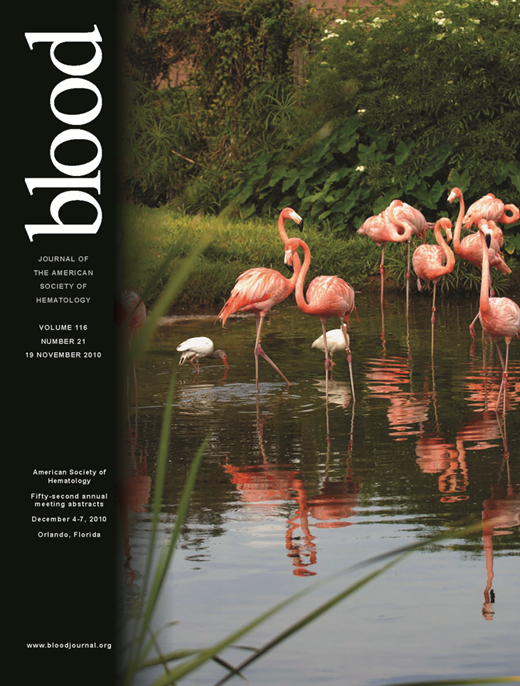Abstract
Abstract 3371
Fanconi anemia(FA) is an autosomal and X-linked recessive genetic disorder characterized by congenital defects, aplastic anemia, and a predisposition to cancer. At the cellular level, patients with FA display hypersensitivity to DNA crosslinking agents and increased levels of chromosomal instability. Because of these cellular phenotypes, the FA pathway has been thought to function in DNA maintenance and repair. Our data suggest that RNA and R-loop formation may account for at least part of the genomic instability seen in FA cells.
Nuclear extracts were incubated with ribohomopolymers to determine whether FANCD2 is able to bind RNA. In vitro binding assays were performed to determine whether FANCD2 is able to bind R-loop nucleic acid structures. siRNA transfections were used to reduce protein levels of splicing factors. Survival assays were performed to determine cell sensitivity to the interstrand crosslinking drug mitomycin C (MMC) and the topoisomerase I inhibiting drug camptothecin (CPT).
In vitro binding studies with ribohomopolymers revealed that the non-ubiquitylated form of FANCD2 is able to bind polyG RNA preferentially. Because G-rich RNA is associated with R-loop formation at IgG switch regions (Yu et al, Nat. Immunology, 2003), we wanted to determine whether FANCD2 is also able to bind R-loops. A human recombinant protein complex containing FANCD2, FANCI, and FANCE was shown to bind R-loop structures in vitro. Since depletion of the splicing factor ASF/SF2 has been demonstrated to increase cellular genomic instability through the formation of increased levels of R-loop structures (Li et al, Cell, 2005), we next wanted to determine what effect depletion of ASF/SF2 would have on the FA pathway. siRNA mediated knock down of ASF/SF2 protein levels resulted in decreased levels of FANCD2 ubiquitylation following treatment with MMC. As FANCD2 ubiquitylation is often considered a marker of activation of the FA pathway, this result suggests that depletion of ASF/SF2 inhibits activation of the FA pathway. siRNA mediated knock down of ASF/SF2 also increased cellular sensitivity to MMC and CPT. siRNA mediated knock down of the splicing factor SC35 yielded a similar result, inducing an increase in sensitivity to MMC and CPT and reducing levels of FANCD2 ubiquitylation. However, siRNA mediated knock down of a third splicing factor, SRp55, had no effect on FANCD2 ubiquitylation or cellular sensitivity to MMC and CPT.
These results suggest that R-loop formation may be a source of some of the genomic instability present in FA cells. We also demonstrate that splicing factors may play a role in activation of the FA pathway. These findings may potentially provide new targets for therapeutic treatments for FA.
No relevant conflicts of interest to declare.
Author notes
Asterisk with author names denotes non-ASH members.

